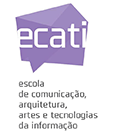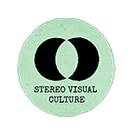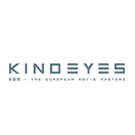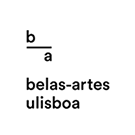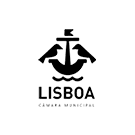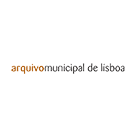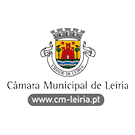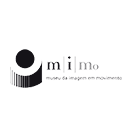Nicholas J. Wade

Seeing with two eyes and hearing with two ears
- University of Dundee, UK
- October 28th, Belas-Artes Auditorium
Stereo immersion in seeing and hearing is the normal condition of perception: objects are seen in depth and sounds are heard in space but these have not been the historical issues addressed. The unity of perceptual experience has masked attention to differences in the stimuli available to two eyes and two ears and to the ways in which they are processed. Contemporary approaches to stereo immersion are concerned with how the natural binocular and binaural processes can be simulated. Phenomena involving seeing with two eyes have been commented upon for several thousand years whereas those about hearing with two ears are a much more recent. The history of research on binocular vision and binaural hearing is compared with respect to the singleness of the percept, experimental manipulations of dichoptic and dichotic stimuli, eye and ear dominance, spatial localization, and the instruments used to stimulate the paired organs. One of the principal phenomena that led to studies of dichotic hearing was dichoptic colour mixing. Direction and distance in visual localization were analyzed before those for auditory localization, partly due to difficulties in controlling the stimuli. Experimental investigations began in the 19th century with the invention of instruments like the stereoscope and pseudoscope, soon to be followed by their binaural equivalents, the stethophone and pseudophone.


